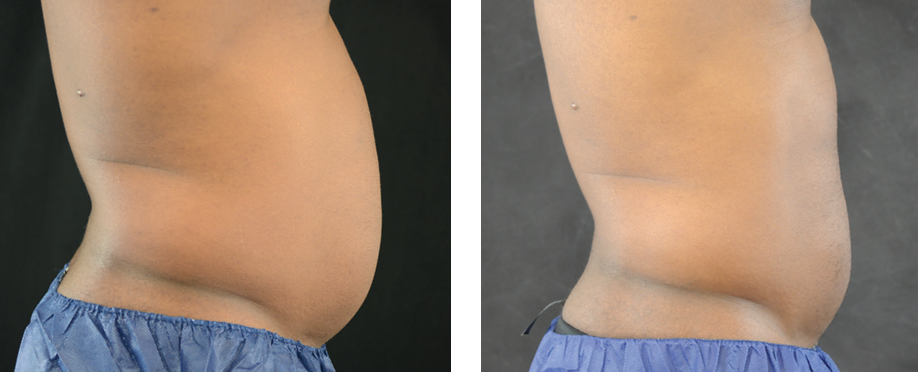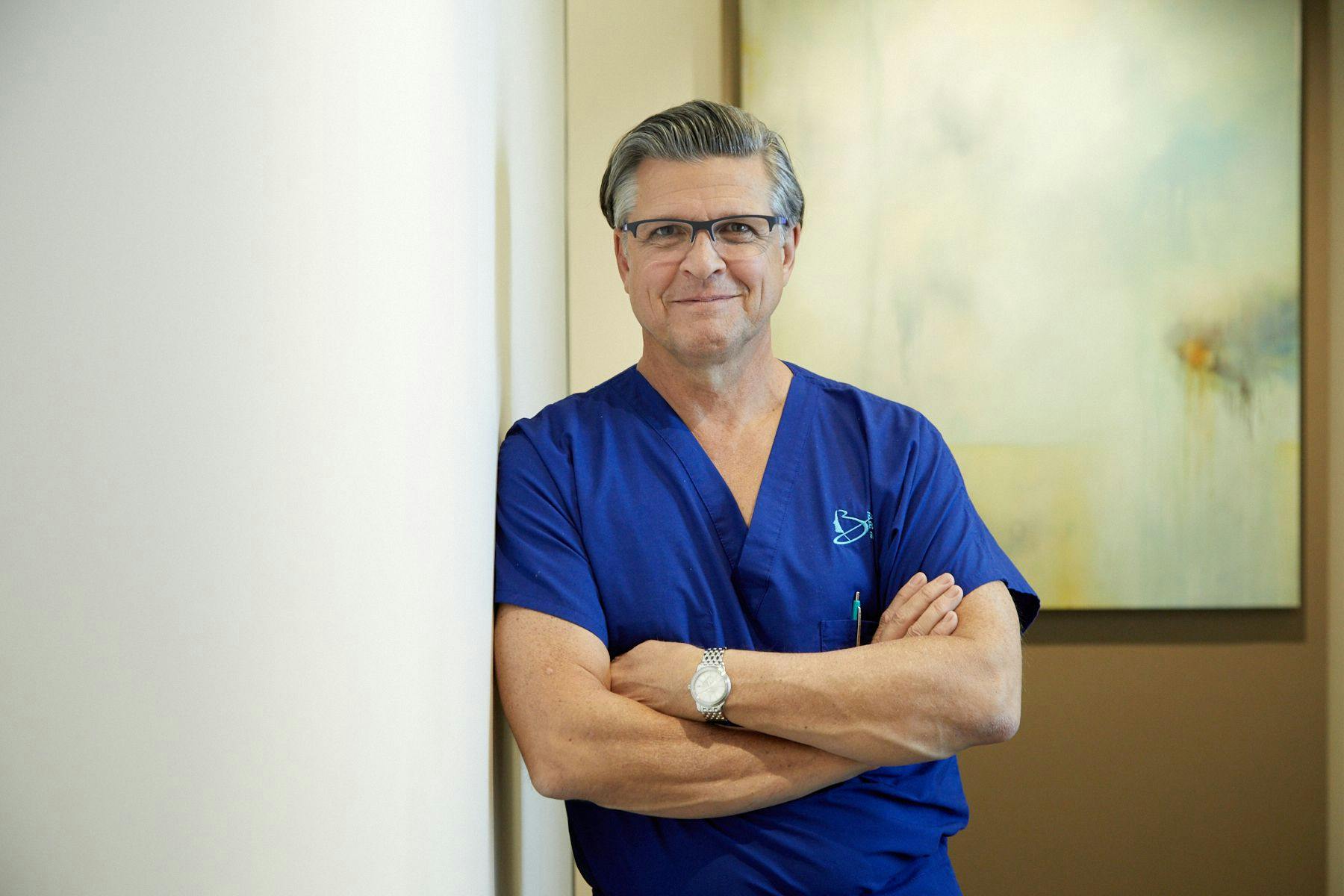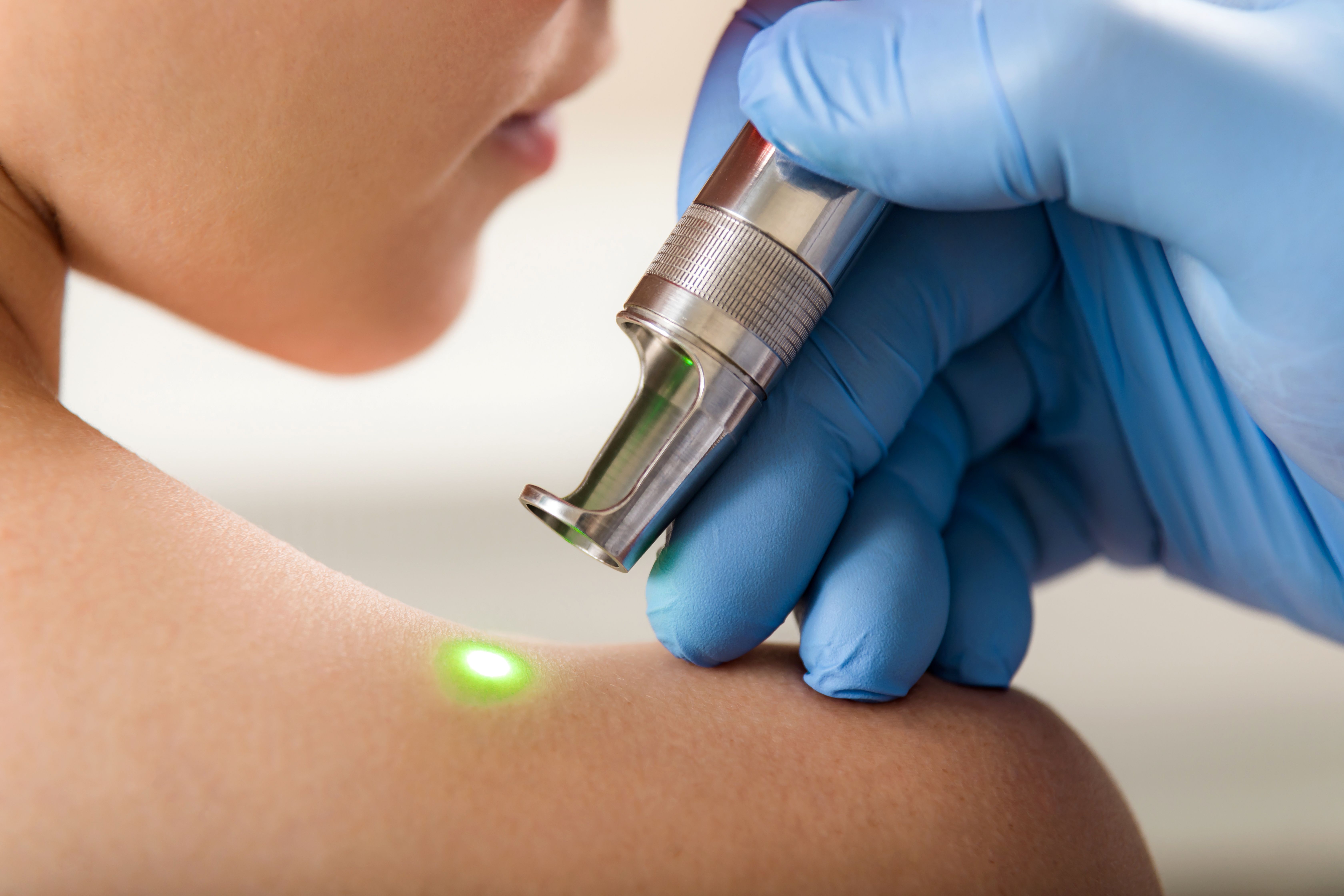- Acne
- Actinic Keratosis
- Aesthetics
- Alopecia
- Atopic Dermatitis
- Buy-and-Bill
- COVID-19
- Case-Based Roundtable
- Chronic Hand Eczema
- Drug Watch
- Eczema
- General Dermatology
- Hidradenitis Suppurativa
- Melasma
- NP and PA
- Pediatric Dermatology
- Pigmentary Disorders
- Practice Management
- Precision Medicine and Biologics
- Prurigo Nodularis
- Psoriasis
- Psoriatic Arthritis
- Rare Disease
- Rosacea
- Skin Cancer
- Vitiligo
- Wound Care
Publication
Article
Aesthetic Authority
2021 Injectable Updates: Renewed Interest, Positive Stage 3 Trials, New Indications
Author(s):
Brian S. Biesman, MD; and Michael H. Gold, MD, discuss the state of injectables in 2021, including renewed interest in biostimulators, dermal fillers and neurotoxins hitting the US market, along with a focus on expanding indications.
Expert injectors say one of the big stories in injectables for 2021 is not new but is a practice game-changer.
Brian S. Biesman, MD, assistant clinical professor of ophthalmology, dermatology, and otolaryngology at Vanderbilt University Medical Center in Nashville, Tennessee, and past president of the American Society for Laser Medicine and Surgery, says he wonders why the industry’s renewed interest in the use of biostimulators isn’t making headlines.
Biesman says using hyperdiluted Radiesse (calcium hydroxylapatite [CaHA]; Merz) has been a practice changer for treating skin laxity and improving skin quality on the face, neck, chest, arms, knees, abdomen, and buttocks.
Peer-reviewed journals, including Dermatologic Surgery1 and Plastic and Reconstructive Surgery — Global Open,2 have published global consensus guidelines for the injection of diluted and hyperdiluted CaHA leading to new interest in the use of hyperdiluted Radiesse and diluted Sculptra Aesthetic (poly-L-lactic acid [PLLA]; Galderma).
“Hyperdiluted Radiesse has allowed me to accomplish things that I just haven’t been able to do with other modalities,” Biesman says. “I use it in the face as well [as] in some patients with certain conditions and am still working on those protocols. I am certain that there is a lot more that we are going to be hearing about biostimulators down the road.”
Michael H. Gold, MD, medical director of Gold Skin Care Center and Tennessee Clinical Research Center, in Nashville, agrees that the expanded role of biostimulator fillers is one of the most exciting developments in today’s filler world.
“We will have to see what happens with those as time goes on,” Gold says.
Dermal Filler Pipeline
In 2020, Revance launched 3 FDA-approved dermal fillers in the Teoxane Laboratories portfolio, including Resilient Hyaluronic Acid (RHA) 2, RHA 3, and RHA 4.3
Biesman says the RHA line is multipurpose and offers versatility. RHA 2 is ideal for fine lines and can be used in lips, RHA 3 is a workhorse filler with nice elasticity and a natural look and feel, and RHA 4 is best for contouring.
Gold is interested in a newer filler, Renuva, an adipose matrix from the Musculoskeletal Transplant Foundation (MTF) Biologics.4
“We’ve done studies treating the hollows of the temples and are in the midst of finalizing a volumizing treatment study in the cheeks and jowl area,” Gold says. “What we know from histology is that over a 12- to 16-week period this adipose matrix transforms itself into one’s own fat cells. Providers might use Renuva instead of fat transfer or even as a volumizing filler.”
Many filler companies are expanding their indications. In February 2021, Galderma announced the FDA approval of Restylane Defyne (hyaluronic acid gel)for mild to moderate chin retrusion in adults, while Juvéderm Voluma XC (AbbVie) was approved for the chin in June 2020.5
Gold says the fact that the big companies are expanding in this way is a good thing and shows the safety and efficacy of their products outside of nasolabial folds and cheeks.
Companies also are looking to launch or expand filler lines in the US.
Allergan Aesthetics recently purchased Israeli company, Luminera, for its filler portfolio, including its HArmonyCa product, a hyaluronic acid (HA) and calcium hydroxylapatite filler.6
“This gives you the immediate effect with HA and then a long-lasting effect,” says Gold. “We hope Allergan will start doing trials in the next couple of years to bring the product to the US.”
Algeness, which markets its purified agarose gel (polysaccharide) fillers as the first 100% natural, biocompatible, and biodegradable filler option, according to company literature. It is also in clinical trials to bring its fillers to the US market, Gold says.
Switzerland-based Neauvia will soon start US clinical trials on its HA and calcium hydroxylapatite mix filler.7 The company differentiates its fillers by using a different mechanism for cross linking, Gold says.

Newsletter
Like what you’re reading? Subscribe to Dermatology Times for weekly updates on therapies, innovations, and real-world practice tips.




























